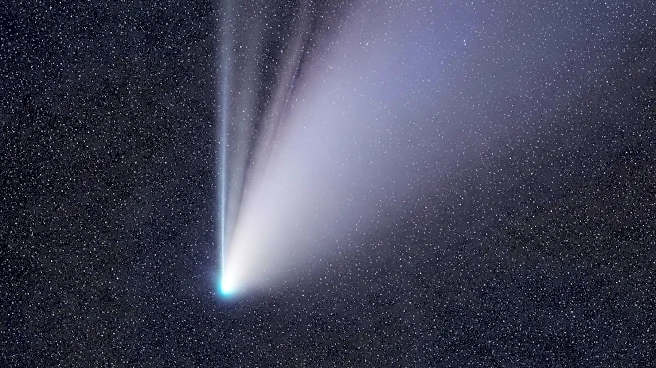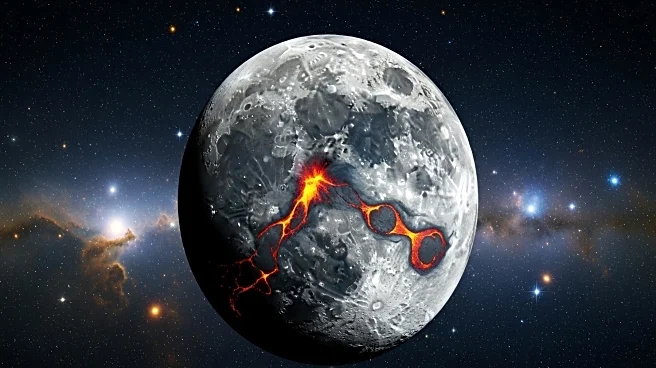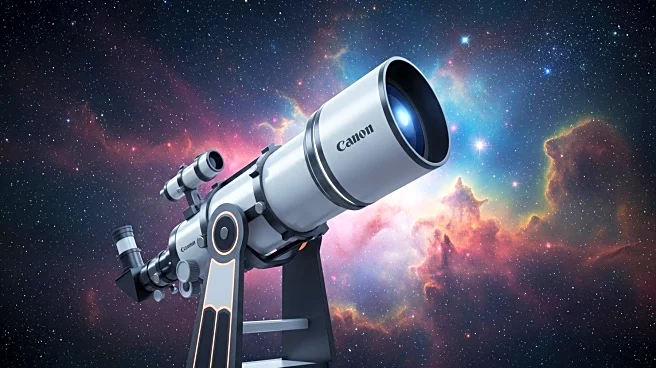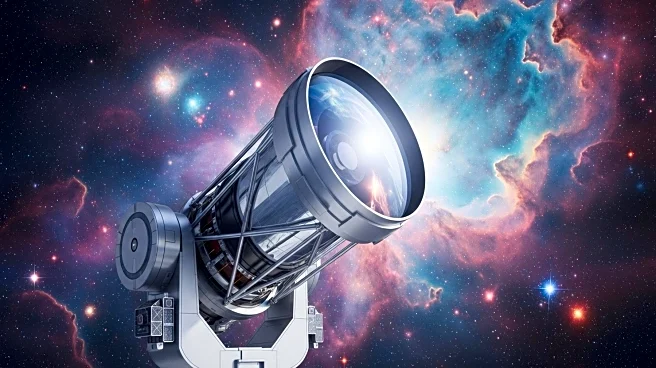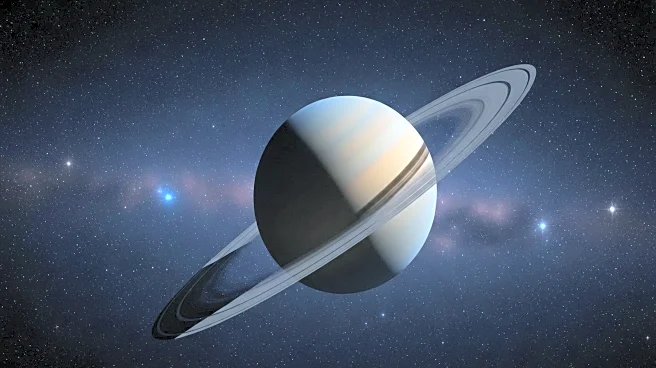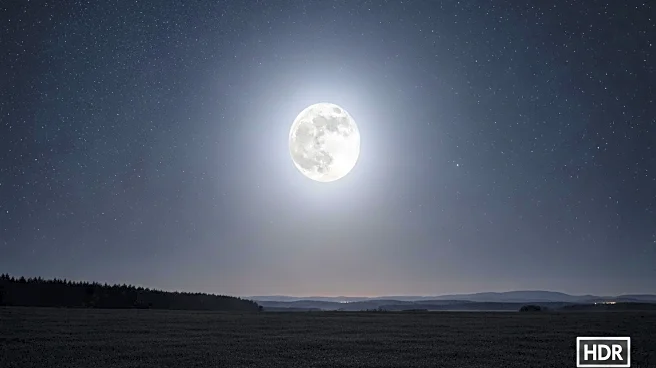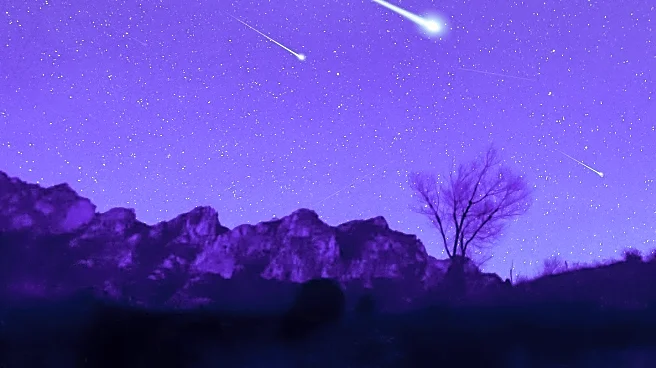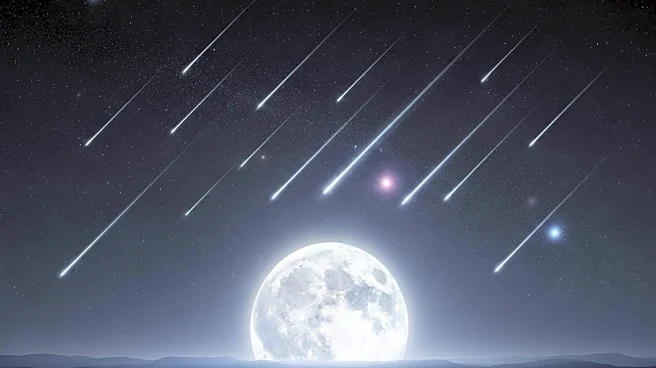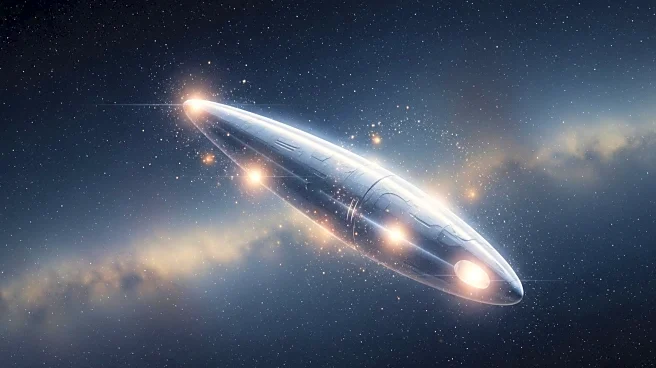What is the story about?
What's Happening?
A rare comet, designated C/2025 R2 SWAN, is currently making its way across the night sky, offering a unique viewing opportunity for stargazers. Discovered by the Solar Wind Anisotropies camera on the Solar and Heliospheric Observatory (SOHO) spacecraft, this long-period comet is expected to be visible from Earth only once every 20,000 years. The comet is anticipated to be most visible around October 20, when it will be closest to Earth and positioned higher in the sky, providing a darker background for better visibility. Observers are advised to look towards the southwestern sky a few hours after sunset, using binoculars or a telescope for the best chance of spotting the comet. Although NASA is uncertain if the comet will become bright enough to be seen with the naked eye, the current weather patterns suggest clear skies, enhancing the likelihood of successful viewing.
Why It's Important?
The appearance of comet C/2025 R2 SWAN presents a rare astronomical event, drawing interest from both amateur and professional astronomers. Such events offer valuable opportunities for scientific study and public engagement with space science. The comet's visibility could inspire educational activities and increase public interest in astronomy, potentially influencing future generations of scientists. Additionally, the event underscores the importance of space observation technologies like the SOHO spacecraft, which play a crucial role in discovering and tracking celestial phenomena. The comet's passage also highlights the dynamic nature of our solar system and the ongoing need for monitoring and understanding these cosmic visitors.
What's Next?
As the comet approaches its closest point to Earth, astronomers and enthusiasts will continue to monitor its brightness and visibility. Should the comet become visible to the naked eye, it could lead to increased public interest and media coverage. Educational institutions and observatories may organize viewing events to capitalize on this interest, fostering community engagement with astronomy. Additionally, the data collected during this period could contribute to scientific research on cometary behavior and composition, enhancing our understanding of these ancient celestial bodies.
Beyond the Headlines
The appearance of comet C/2025 R2 SWAN also raises questions about the long-term tracking and study of celestial objects. As technology advances, the ability to detect and analyze such phenomena improves, offering insights into the history and evolution of our solar system. This event may prompt discussions on the allocation of resources for space observation and the potential for future discoveries. Furthermore, the cultural and historical significance of comets, often seen as omens or symbols in various societies, adds a layer of intrigue to their scientific study.
AI Generated Content
Do you find this article useful?
